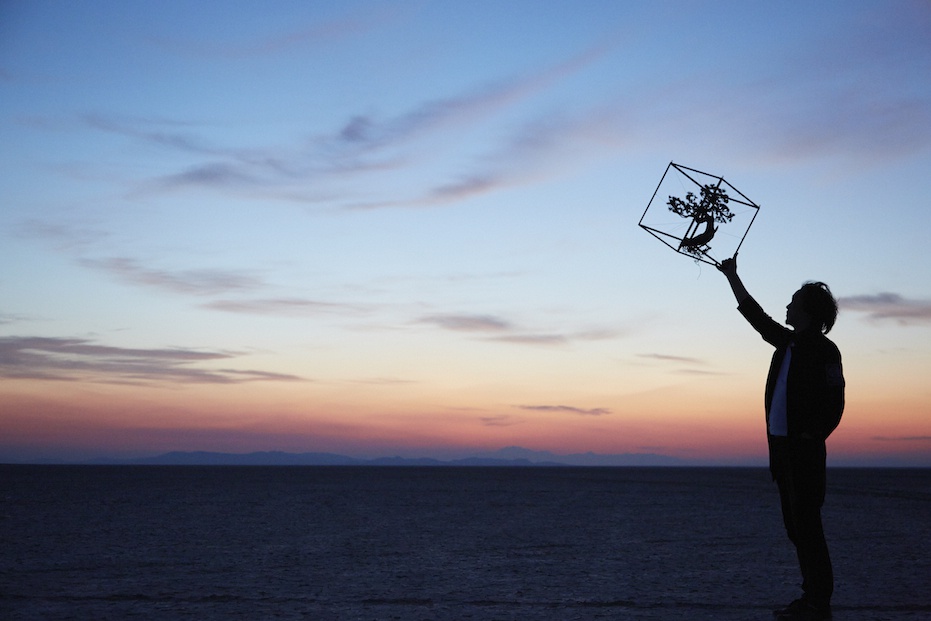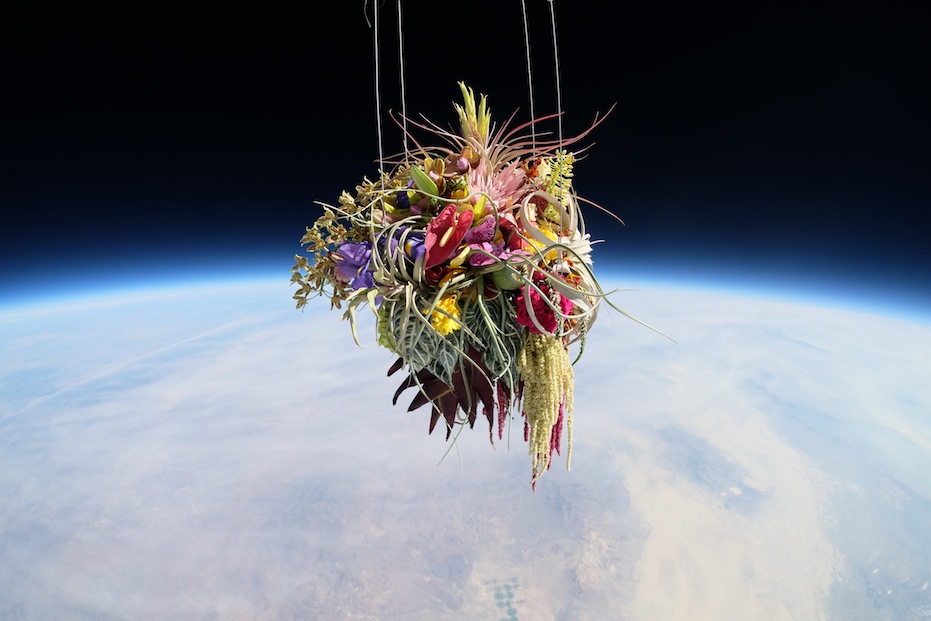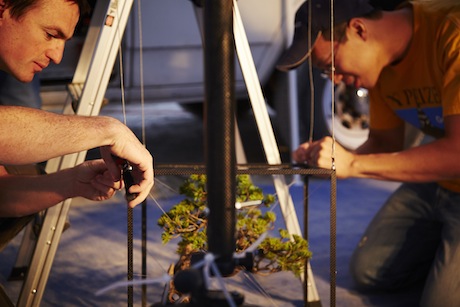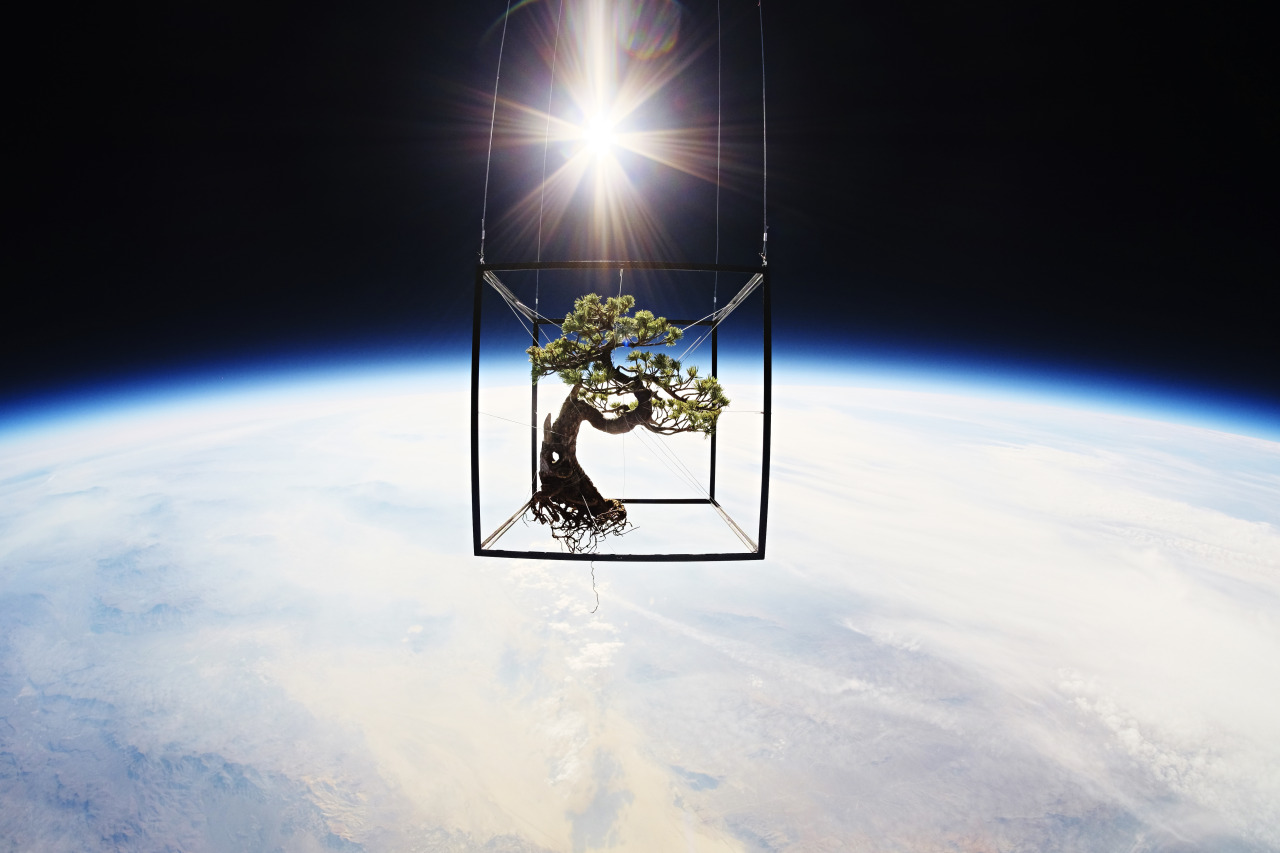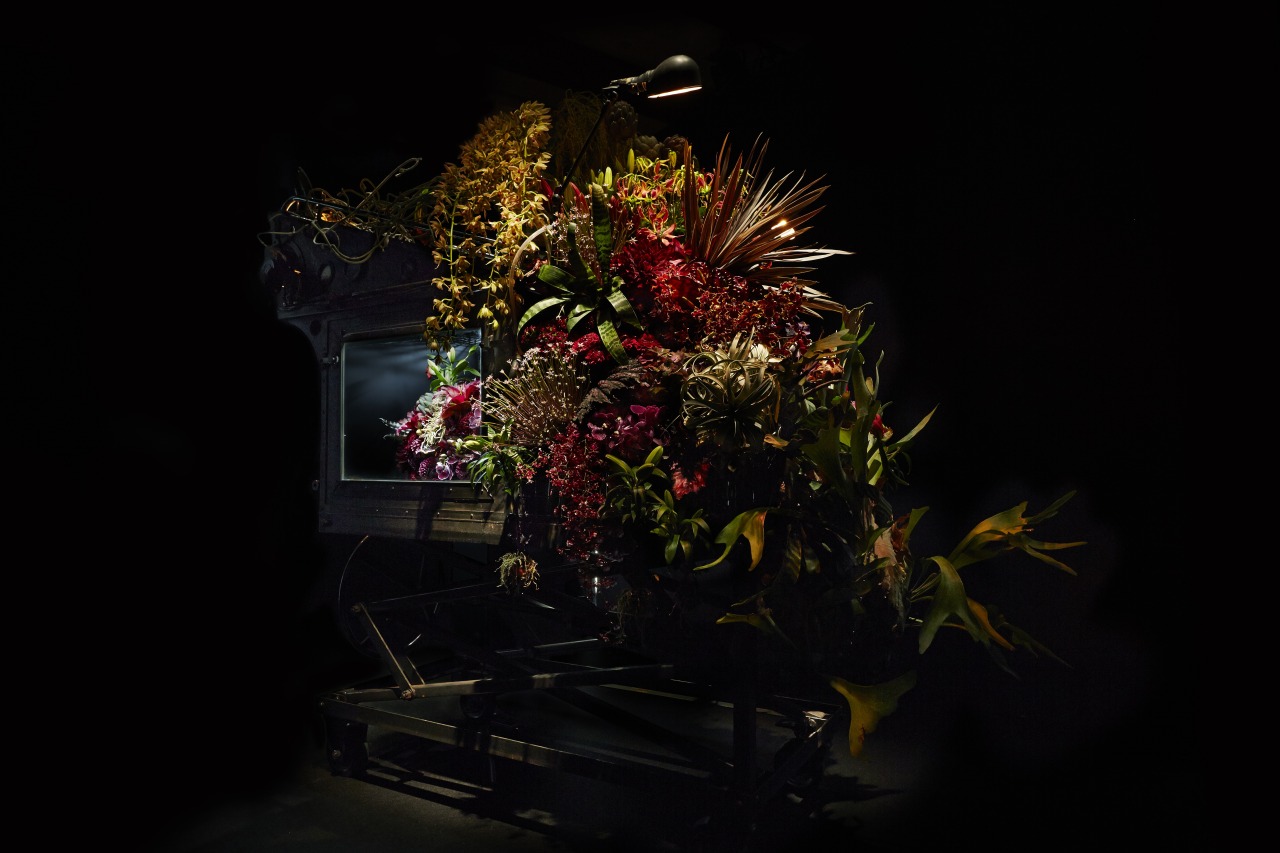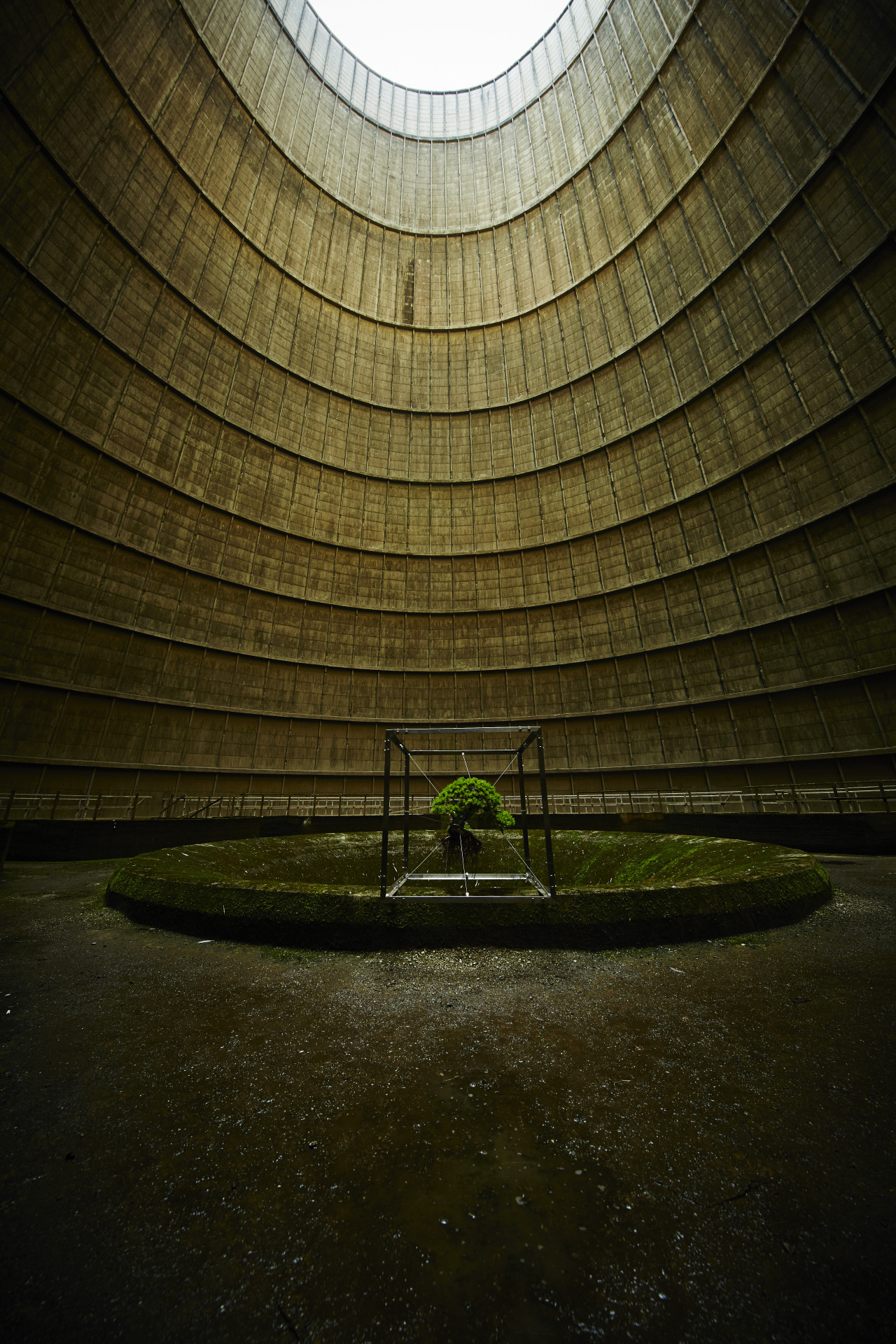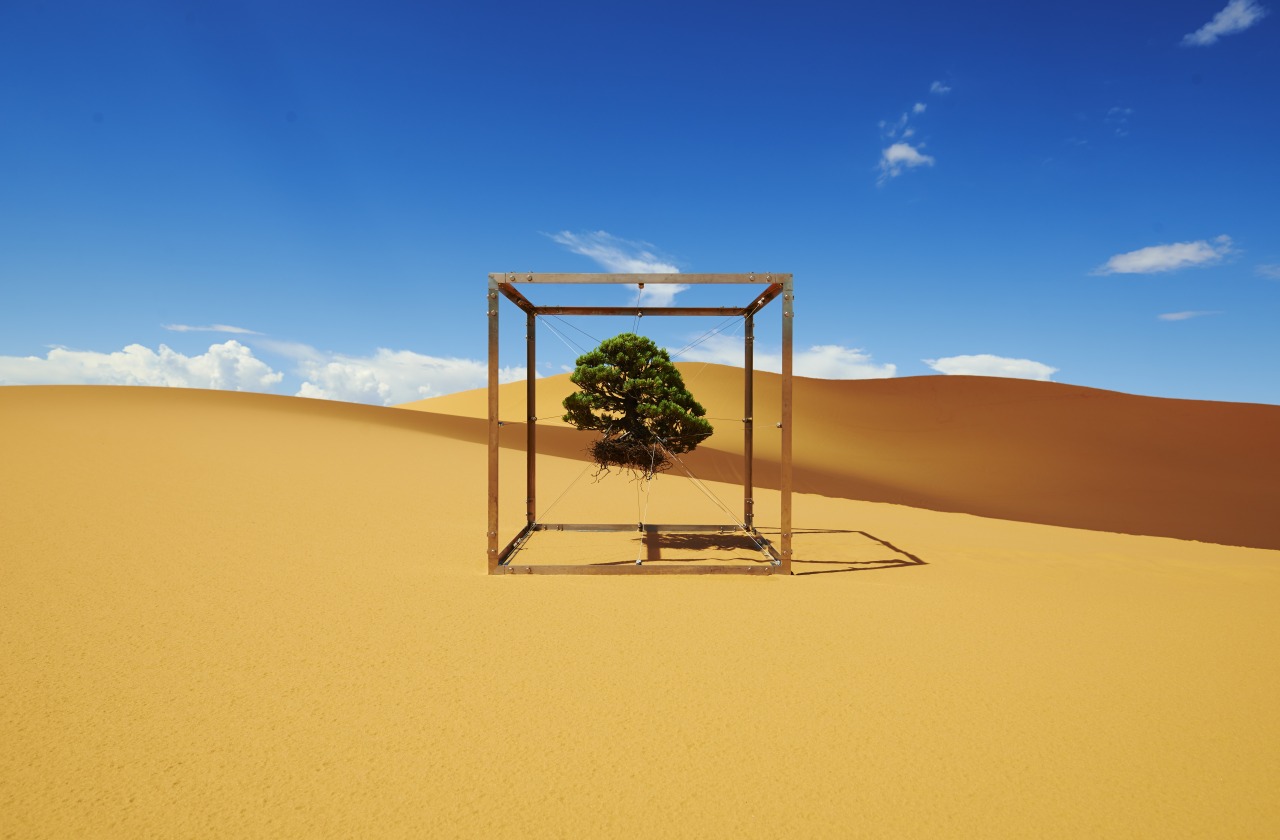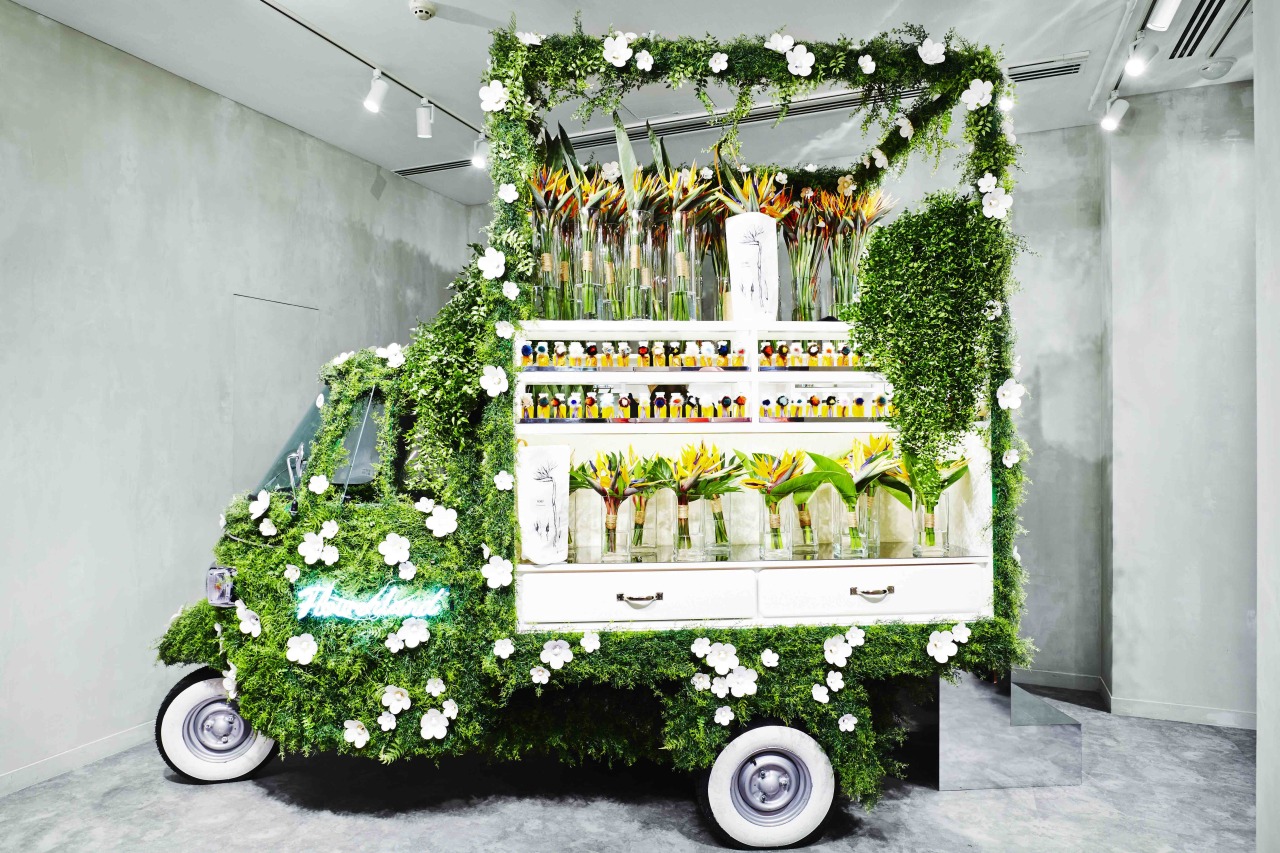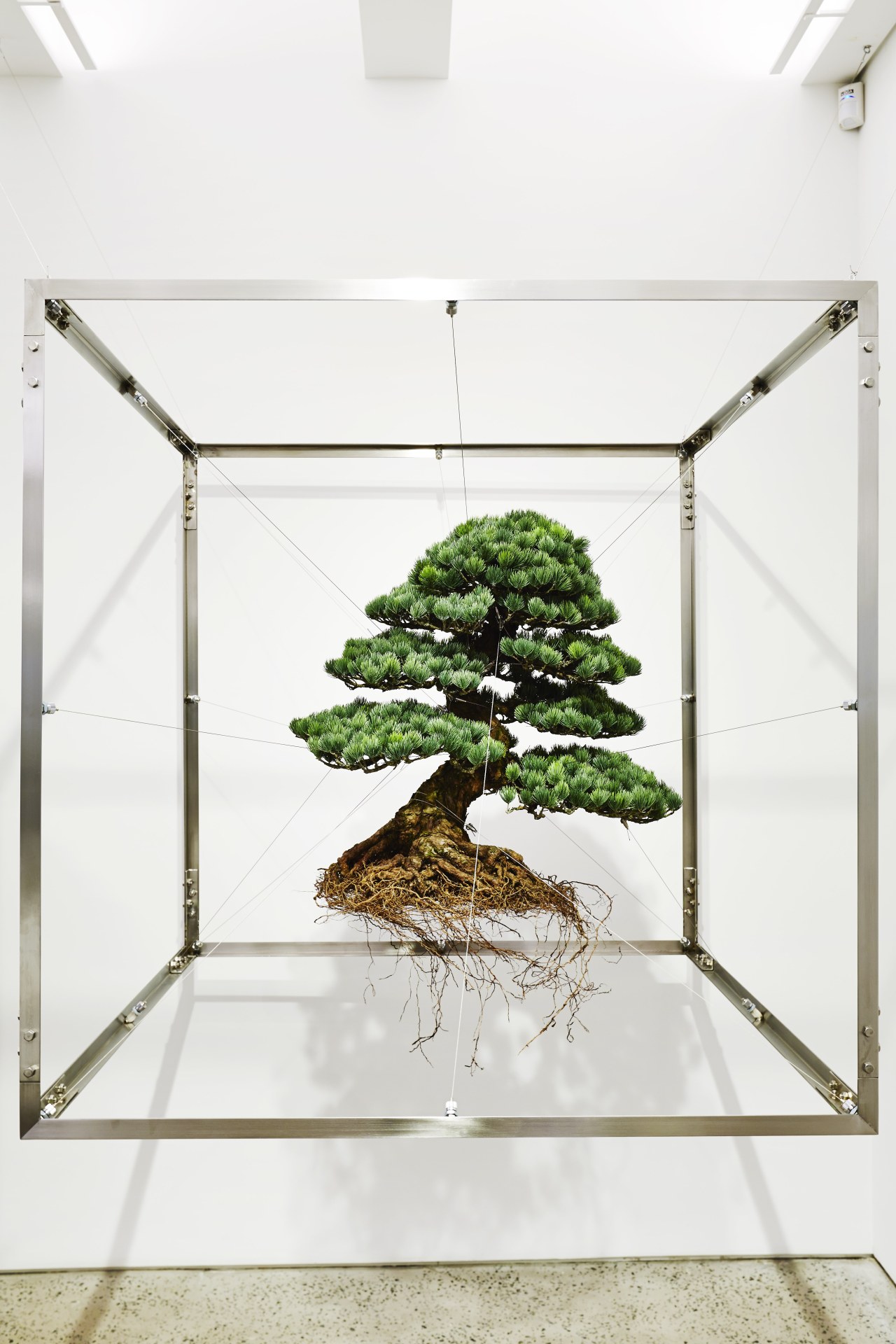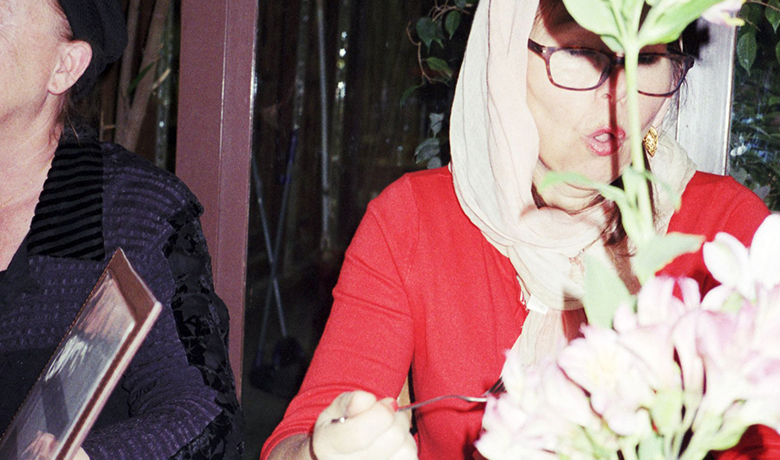#TheBotanicalIssue
Let's talk
AZUMA MAKOTO
// The men who whispers to the flowers
AN INTERVIEW BY FEDERICA CIUCI PRIORI
Endless combinations of colors and species, delicacy and strength, transience, and resistance.
The flower world is a living dream and so much more.
We had a little chat with Azuma Makoto, the Japanese creative well known as the genius of the flower artists.
Around 2005, Azuma began to explore a new form of floral design which he called botanical sculpture to then become famous all over the world with his incredible and eclectic flower compositions and botanical challenges such the “Exobiotanica project”, in which he launched a bonsai tree into space, and the “Ices flowers” series, which sees the changing life of flowers after being placed in frozen water.
A modern fairytale with the scent of poetry.
*
*
*
Federica. What does beauty mean to you?
Azuma. It is difficult to define, but for me, beauty means life itself.
Federica. From the manic perfection devoted to the linear aesthetic of a classic floral composition to the lively, organic, and true explosion of your installations: what was the path that led you to rework and make yours the “Ikebana” art?
What drives you to travel the world in search of new species?
Azuma. My passion lies in the flowers themselves. There are countless existing flowers in this world, while each of them carries a different expression. Moreover, there are different stages of life in each flower. Sprouts, buds, followed by the appearance of floral stems and the blooming of flowers until they decay. Each moment differentiates from the other, beautiful and precious. My mission is to bring out each flower’s hidden potential, beauty, and make them even more attractive. Every day, I meet different new flowers. As long as I am interacting with them my passion will never fade away.
And the most exciting thing is how I can constantly meet new flowers and have conversations with them.
Federica. I discovered your work through the Dries Van Noten SS17 show: the catwalk was decorated by a long line of iced towers made by frozen flowers. An incredible and poetic mirror of the floral prints on the clothes. From Van Noten and Fendi to Helmut Lang, Hermes, and many others. What is your relationship with the fashion world?
Azuma. The flower is an eternal motif in the world of fashion as it embodies the notion of beauty, strength, vitality, and the ephemeral. Fashion is a direct reflection of the times we live in which is denoted through trends, but what I find interesting is how flowers unfailingly continue to be a part of it. I think this is because flowers touch all of us in a way that defies the conventions of era, country, language, and religion; it is universally and instinctively seen as beautiful.
Federica. The language of the flowers: a way of communication made of silent shades which was common use around the XIX century and which now seems forgotten. What do you think of the “hanakotoba”?
Azuma. In Japan, every name of colors comes from flowers and nature, and we have a very deep connection between flowers and our language. ????????the language of the flowers are common it means flowers is one of the languages to communicate with other people to tell their feeling and mind. It is quite interesting.
Federica. Flowers and the sense of smell: 3 words to describe the feeling.
Azuma. Full of energy, the warm grassy scent you smell the moment you step into a flower market, the smell of a wilting flower. It all smells so good.
Federica. From music to cooking and Japan. How much your roots and the place where you grew up influenced you and how much they contributed to let you become the artist you are now?
Azuma. I started as a musician. I moved my first steps into the world of the flowers when I discovered the beauty in the underlying connection between music and plants. They are both ephemeral and unique. Some people say that my work feels very “Japanese”, but it is just in my blood, it’s my DNA and I cannot change my way of being.
Federica. You are known for planting your blooming sculptures in unconventional locals. “In Bloom” is a series of experimental projects in which flowers are arranged in situations beyond nature like planting a monumental floral work in the middle of the ocean or plunging enormous bouquets into the abyss of deep see. But also the “Exbiotanica” mission with the first botanical space flight when you sent a Japanese white pine bonsai suspended from a carbon-fiber frame, and an arrangement of orchids, hydrangeas, lilies, and irises, among other plants into the stratosphere to let different plants step into the unknown, away from earth. What drives you to push your work beyond the limits and the boundaries? Where does the idea of placing flowers in environments where they could never grow?
Azuma. I went to Amazon, Brazil a year ago before the Exobiotanica project, and I created some art pieces with plants that were full of aliveness in the dense forest where I could hear the groan from the earth. This was a mind-blowing experience because, at that moment, I felt that I was arranging the plants onto the earth.
While for the “Exobiotanica” project, one of my inspiration sources was curiosity. I asked myself, “what would happen if I would arrange flowers into the sky?”. The concept was completely the opposite of what I did in Brazil. And that was the begging of the “In Bloom” project.
The concept of the “In Bloom” project was the installation of flowers into places where normally flowers cannot survive. That’s because I’m always looking for a new way to let them express.
Federica. Imagine closing your eyes on a summer day and reopening them a moment later: where you would like to find yourself and what flowers you would see in front of you?
Azuma. I had an unforgettable experience: summer in Andalucia, Spain where I saw thousands of sunflowers in front of me. It was a poignant memory.
–
Words by Federica Ciuci Prioi
Images courtesy of Azuma Makoto
